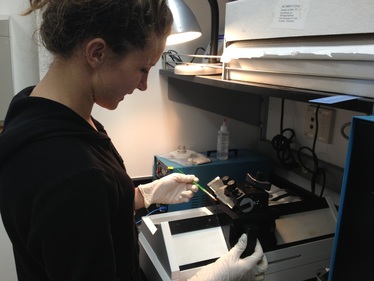
What a short three weeks it has been - what an incredible experience! I have never felt so privileged to be a participate in academia as I have these past weeks. It's unbelievable that I've been able to accomplish so much - and I have Krista to thank for all of it. She's been a truly amazing mentor, answering my questions not only in detail but also in a context which made it both understandable and applicable to me, aiding me in completing various new tasks, and teaching me how to participate in the vast world of science. I feel like the luckiest intern in the world, especially knowing that I get to continue working with her in the lab this summer. (Thanks, Krista!)
It'd be easy for me to say I've always known I've loved science - but I think that'd be a lie. I went through phases of wanting to be a rock star, a dancer, a photographer, a visual artist, and then I didn't really know what I wanted to be. There were little steps along the way that lead me to the path of science and medicine, but those careers seemed so untouchable to me that I didn't really even entertain the thought of them.
When I was around the age of seven, I was at the Discovery Store with my mom (who is a teacher, and a lover of all things related to unique and interesting children's activities). We stumbled upon an anatomical doll - one that was clear, cut in half, and filled with removable muscles, bones and organs. I fell in love with it, as any seven-year-old would, right? Of course, we took it home and within a few days, I'd already taken apart the doll and put it back together a few times, before I even realized there was an instruction manual with pictures of how the doll was to be put together. That's kind of where the subconscious love of science began... which lead to my first-ever heart dissection of a Thanksgiving turkey in third grade. I didn't think it was weird until my friends were grossed out by the fact that I liked cutting up organs. I guess it's still a bit strange. What I'm getting at is that my brain was kind of made for taking things apart, absorbing them, and putting them back together. If you've ever had a class with me, you know that I love asking questions, especially ones no one can answer, because that means I can compile the answer myself... but I never really connected these 'traits' to a career in science; I'm not really sure when that connection was made. Probably when I figured out that I wasn't the only weird one in the world who liked to look at organs, take things apart and put them back together. There's actually a name for people in that profession - they're called surgeons.
------------------------------------------------------------
How has this experience made you consider your college path that will ultimately lead to your career?
Being at the lab has really opened my eyes to the range of options that lay ahead of me, and it's made me realize that there's not really one single path for scientists. There were so many levels of the internship that helped me find my feet in terms of my future in college. The most basic thing I learned was that I don't have to be one hundred percent perfect at everything, although it is important to be well-rounded. Science is collaborative and the environment entails that there will be people who are educated, talented and most knowledgable in necessary areas in order to find solutions, and all those people will work together towards a common goal of achieving such a solution. In terms of college specifically, I guess I fell in love with the UCSD campus just a little bit. I appreciated the overall structure of the school, Muir college especially. I can definitely see myself being successful there, and thanks to the participants in the lab (Krista, Tim, Jordan, Emily, Dan, Justin) I can see myself being successful in science, labs, research facilities, medicine and beyond.
Consider what you have observed and learned about your mentor or other employees at your site, and reflect on your own academic & professional preparation.
The lab members are all well-rounded; they have various interests which included specific focuses. Krista, for example, is especially interested in Neuroscience, but members of the lab are also focused on behavior, psychology, and neuro as well. Krista and I spent a lot of time talking about my options when it comes to college choices. She mentioned that smaller schools often offer more (and occasionally better) opportunities for under graduates to participate in (and even conduct their own) research. I also learned about an MD/PhD graduate program in the UC system which sounds absolutely perfect for me. What I found overall is that, as I said, I really have endless options. I just need to decide what's best for myself, with considerations to my strengths and areas which I hope to grow (including traveling!).
------------------------------------------------------------
How was your work as an intern meaningful to your education?
Conceptually, I have grown immensely from this internship. I've gained a deep understanding of content which I had already learned, and I have seen it be applied in a setting which is highly applicable to my future. If I've learned anything from my internship, it's that everything in the world is extremely complex, nothing is really ever 'simple.' What seemed so simple to me was allowing myself to really enjoy the experience and be excited about the little finite details - because there are SO many of them! One of the big over-arching lessons I've accrued through the internship was the contrast between the presentations which we do at High Tech and the presentations in a lab setting. In my previous experience, the intent of a presentation is to exemplify one's knowledge in detail of a subject, and possibly to teach that knowledge to a greater audience. At the lab, the purpose of my presentation was purely to introduce the major ideas of our project to the lab, and complete knowledge was not required because the presentation was collaborative with everyone in the room. The format and content of the presentation I gave last week was completely new to me, and it was therefore the most difficult presentation I've ever given. So much of my internship was meaningful, that it's been a challenge to condense the relevance of it in a way that is simple to share with the world.
How did your project go from an idea or inspiration to a final product?
Krista and I used inspiration from current and past projects at the lab to design our project. It was a bit of a compilation, really. A recent focus of the lab is on the cocktail party problem, and the design of our specific task of a perceptual anchor and noise offered me a lot of opportunities for exposure to procedures. Reading about the perceptual anchor phenomena not only allowed me to be exposed to terminal procedure, but also helped me to understand the theme of the lab, the roots of our research, and it was my first exposure to published scientific papers. The topic of auditory perceptual anchors also connected to recent research on dyslexic humans, which aided in my understanding of the relevancy of our project, and helped me to develop an idea for my senior project. Through our project I've also been able to use new programming equipment to create figures of data, formulate tone stimuli using purely text-based interface and mathematics, and in the future I will use the same program to create motif stimuli for our birds. This project offered so much potential for growth - we started by figuring out what we wanted to work on, what I needed to learn, and developed a project that allowed Krista and I to explore different subject matter in the lab.
------------------------------------------------------------
What new appreciations did you develop while working as an intern? Why?
I have such an appreciation for the finite details of the world. Who knew things were so complex? I guess now I truly appreciate the idea that we will never really understand everything in the world, or the universe for that matter. There's always more to know - and that in and of itself is absolutely astounding.
What qualities or characteristics did you see in the people around you that you want to develop in yourself? Why?
Everyone in the lab is one hundred percent dedicated to the work they're doing, but they don't let their drive for success get in the way of their personal health and happiness. So many of the lab members are physically and socially active - you have to be when you spend almost all of your days working in front of a computer in a basement with birds for company! I think both the individual work and the need for collaboration really contribute to the familial connection in the lab, but I can tell you for sure that there's no greater group of people than those in the Gentner Lab. Each of them contributes strong and meaningful ideas with confidence, and they support the ideas of others with grace. They are all admirable individuals.
It'd be easy for me to say I've always known I've loved science - but I think that'd be a lie. I went through phases of wanting to be a rock star, a dancer, a photographer, a visual artist, and then I didn't really know what I wanted to be. There were little steps along the way that lead me to the path of science and medicine, but those careers seemed so untouchable to me that I didn't really even entertain the thought of them.
When I was around the age of seven, I was at the Discovery Store with my mom (who is a teacher, and a lover of all things related to unique and interesting children's activities). We stumbled upon an anatomical doll - one that was clear, cut in half, and filled with removable muscles, bones and organs. I fell in love with it, as any seven-year-old would, right? Of course, we took it home and within a few days, I'd already taken apart the doll and put it back together a few times, before I even realized there was an instruction manual with pictures of how the doll was to be put together. That's kind of where the subconscious love of science began... which lead to my first-ever heart dissection of a Thanksgiving turkey in third grade. I didn't think it was weird until my friends were grossed out by the fact that I liked cutting up organs. I guess it's still a bit strange. What I'm getting at is that my brain was kind of made for taking things apart, absorbing them, and putting them back together. If you've ever had a class with me, you know that I love asking questions, especially ones no one can answer, because that means I can compile the answer myself... but I never really connected these 'traits' to a career in science; I'm not really sure when that connection was made. Probably when I figured out that I wasn't the only weird one in the world who liked to look at organs, take things apart and put them back together. There's actually a name for people in that profession - they're called surgeons.
------------------------------------------------------------
How has this experience made you consider your college path that will ultimately lead to your career?
Being at the lab has really opened my eyes to the range of options that lay ahead of me, and it's made me realize that there's not really one single path for scientists. There were so many levels of the internship that helped me find my feet in terms of my future in college. The most basic thing I learned was that I don't have to be one hundred percent perfect at everything, although it is important to be well-rounded. Science is collaborative and the environment entails that there will be people who are educated, talented and most knowledgable in necessary areas in order to find solutions, and all those people will work together towards a common goal of achieving such a solution. In terms of college specifically, I guess I fell in love with the UCSD campus just a little bit. I appreciated the overall structure of the school, Muir college especially. I can definitely see myself being successful there, and thanks to the participants in the lab (Krista, Tim, Jordan, Emily, Dan, Justin) I can see myself being successful in science, labs, research facilities, medicine and beyond.
Consider what you have observed and learned about your mentor or other employees at your site, and reflect on your own academic & professional preparation.
The lab members are all well-rounded; they have various interests which included specific focuses. Krista, for example, is especially interested in Neuroscience, but members of the lab are also focused on behavior, psychology, and neuro as well. Krista and I spent a lot of time talking about my options when it comes to college choices. She mentioned that smaller schools often offer more (and occasionally better) opportunities for under graduates to participate in (and even conduct their own) research. I also learned about an MD/PhD graduate program in the UC system which sounds absolutely perfect for me. What I found overall is that, as I said, I really have endless options. I just need to decide what's best for myself, with considerations to my strengths and areas which I hope to grow (including traveling!).
------------------------------------------------------------
How was your work as an intern meaningful to your education?
Conceptually, I have grown immensely from this internship. I've gained a deep understanding of content which I had already learned, and I have seen it be applied in a setting which is highly applicable to my future. If I've learned anything from my internship, it's that everything in the world is extremely complex, nothing is really ever 'simple.' What seemed so simple to me was allowing myself to really enjoy the experience and be excited about the little finite details - because there are SO many of them! One of the big over-arching lessons I've accrued through the internship was the contrast between the presentations which we do at High Tech and the presentations in a lab setting. In my previous experience, the intent of a presentation is to exemplify one's knowledge in detail of a subject, and possibly to teach that knowledge to a greater audience. At the lab, the purpose of my presentation was purely to introduce the major ideas of our project to the lab, and complete knowledge was not required because the presentation was collaborative with everyone in the room. The format and content of the presentation I gave last week was completely new to me, and it was therefore the most difficult presentation I've ever given. So much of my internship was meaningful, that it's been a challenge to condense the relevance of it in a way that is simple to share with the world.
How did your project go from an idea or inspiration to a final product?
Krista and I used inspiration from current and past projects at the lab to design our project. It was a bit of a compilation, really. A recent focus of the lab is on the cocktail party problem, and the design of our specific task of a perceptual anchor and noise offered me a lot of opportunities for exposure to procedures. Reading about the perceptual anchor phenomena not only allowed me to be exposed to terminal procedure, but also helped me to understand the theme of the lab, the roots of our research, and it was my first exposure to published scientific papers. The topic of auditory perceptual anchors also connected to recent research on dyslexic humans, which aided in my understanding of the relevancy of our project, and helped me to develop an idea for my senior project. Through our project I've also been able to use new programming equipment to create figures of data, formulate tone stimuli using purely text-based interface and mathematics, and in the future I will use the same program to create motif stimuli for our birds. This project offered so much potential for growth - we started by figuring out what we wanted to work on, what I needed to learn, and developed a project that allowed Krista and I to explore different subject matter in the lab.
------------------------------------------------------------
What new appreciations did you develop while working as an intern? Why?
I have such an appreciation for the finite details of the world. Who knew things were so complex? I guess now I truly appreciate the idea that we will never really understand everything in the world, or the universe for that matter. There's always more to know - and that in and of itself is absolutely astounding.
What qualities or characteristics did you see in the people around you that you want to develop in yourself? Why?
Everyone in the lab is one hundred percent dedicated to the work they're doing, but they don't let their drive for success get in the way of their personal health and happiness. So many of the lab members are physically and socially active - you have to be when you spend almost all of your days working in front of a computer in a basement with birds for company! I think both the individual work and the need for collaboration really contribute to the familial connection in the lab, but I can tell you for sure that there's no greater group of people than those in the Gentner Lab. Each of them contributes strong and meaningful ideas with confidence, and they support the ideas of others with grace. They are all admirable individuals.
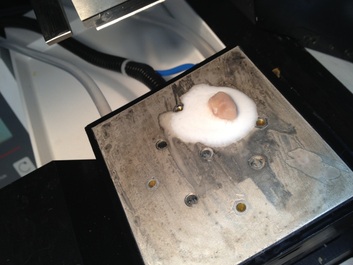
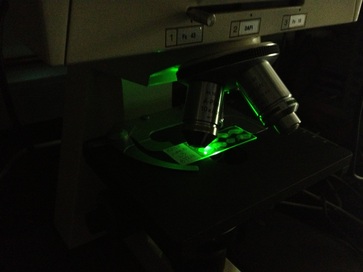
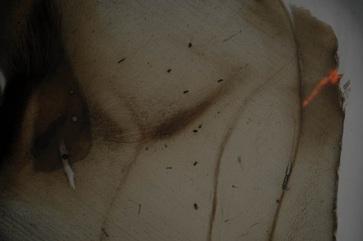
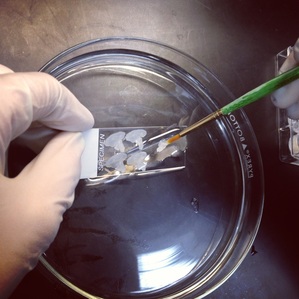
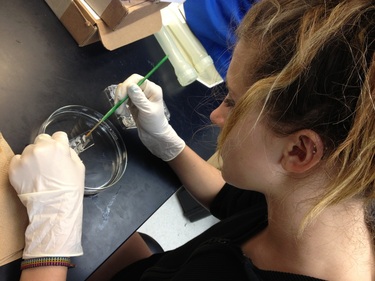
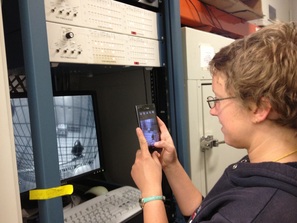
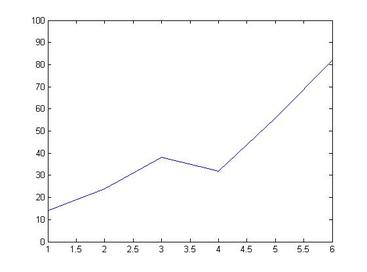
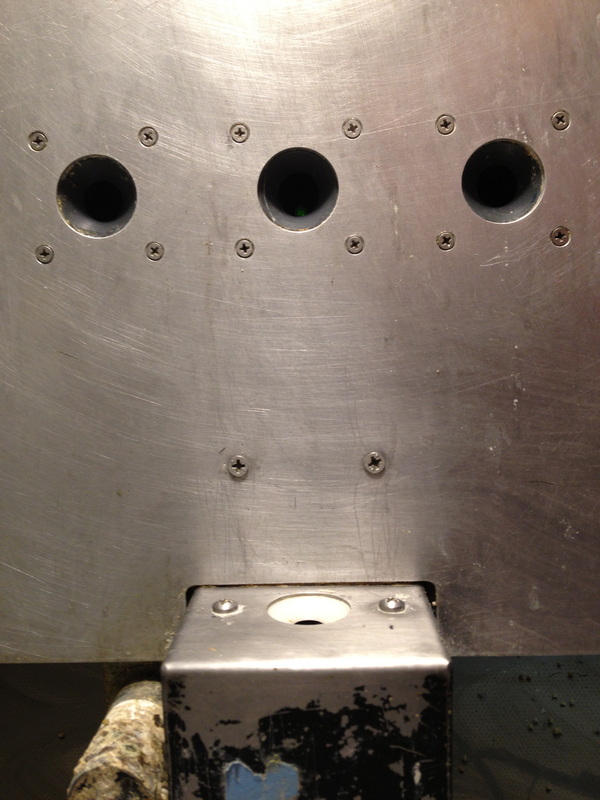
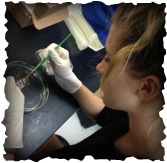
 RSS Feed
RSS Feed